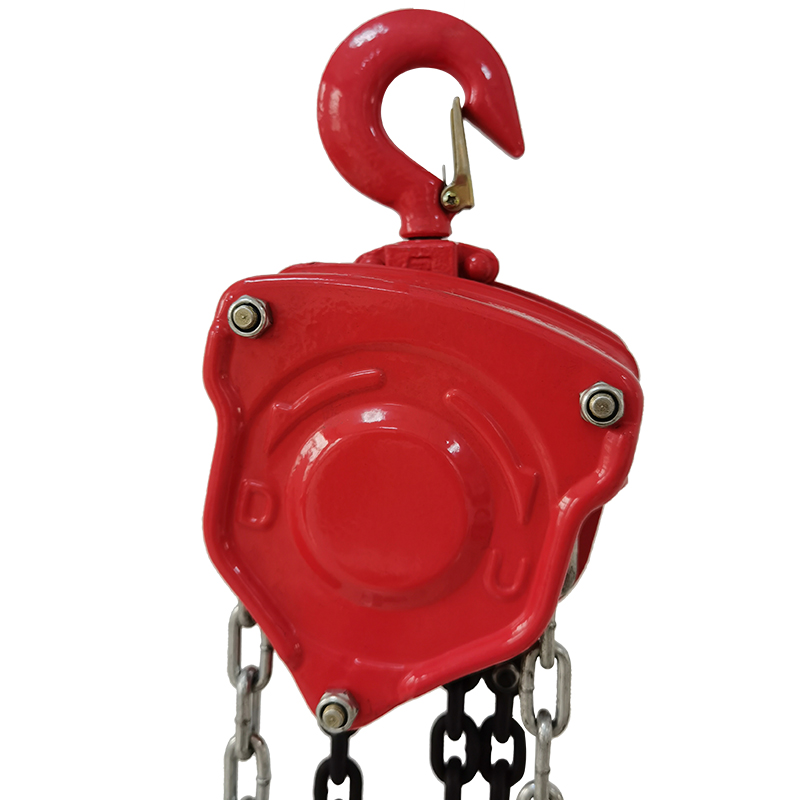


Fall Protection for Sale Ensuring Safety in All Work Environments
In any work environment that involves heights, whether it be construction sites, warehouses, or maintenance tasks, the importance of fall protection cannot be overstated. Falls are among the leading causes of serious injuries and fatalities in the workplace, making effective fall protection systems essential. As businesses strive to uphold safety regulations and create a secure working atmosphere, investing in fall protection equipment becomes a necessity. This article discusses the different types of fall protection available for sale and the critical role they play in safeguarding workers.
Understanding Fall Protection Systems
Fall protection refers to the methods and equipment used to prevent workers from falling from heights or to mitigate the risks associated with such falls. Several systems are available, each designed for specific scenarios. The primary categories of fall protection include personal fall arrest systems (PFAS), guardrails, safety nets, and work positioning systems.
1. Personal Fall Arrest Systems (PFAS) These are specialized harnesses that attach to a safety line and are designed to stop a fall before the worker hits the ground. PFAS equipment typically includes a full-body harness, connecting devices like lanyards and lifelines, and anchorage points to ensure stability and safety. When purchasing PFAS, it is crucial to ensure that the equipment meets safety standards and is appropriately rated for the intended use.
2. Guardrails Guardrail systems are physical barriers that can be installed around the edges of platforms, roofs, or other elevated areas. These systems are often preferred for their ability to provide a passive means of fall protection without requiring personal equipment. While guardrails are effective, they must be regularly inspected and maintained to ensure they remain sturdy and secure.
3. Safety Nets Often used in construction and renovation projects, safety nets are installed below the working level to catch falling workers or materials. They provide an essential layer of protection by reducing the risk of injury from falls. When selecting safety nets, it’s essential to choose nets that are designed to withstand the specific hazards present in the workplace.

4. Work Positioning Systems These systems allow workers to be supported while working in a suspended position, helping them maintain balance and free use of their hands. Commonly used in applications such as telecom work, these systems include body belts or harnesses that connect to an anchorage point.
Choosing the Right Fall Protection Equipment
When selecting fall protection equipment for sale, businesses must consider various factors, including the nature of the work, the height at which employees will be operating, and the specific risks involved. It is crucial to conduct a thorough risk assessment to determine the most appropriate safety measures.
Moreover, compliance with Occupational Safety and Health Administration (OSHA) regulations is vital. These regulations establish standards for fall protection equipment that employers must adhere to. By investing in equipment that meets or exceeds these standards, employers can not only ensure the safety of their workers but also avoid costly penalties associated with non-compliance.
Conclusion
Fall protection is a critical aspect of workplace safety that should never be overlooked. By investing in high-quality fall protection equipment, businesses can significantly reduce the risk of injuries and fatalities caused by falls. As a result, employees can perform their tasks with greater confidence, knowing that they are protected. With a range of options available for sale, it is essential for employers to evaluate their specific needs and choose the right systems to create a safer work environment. Ultimately, prioritizing fall safety is an investment in both the well-being of employees and the overall success of the organization.



